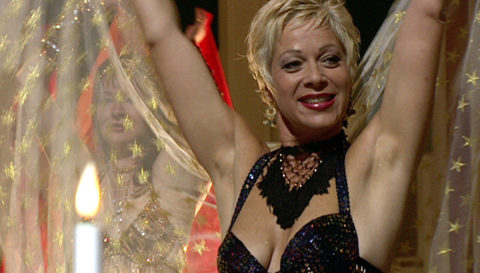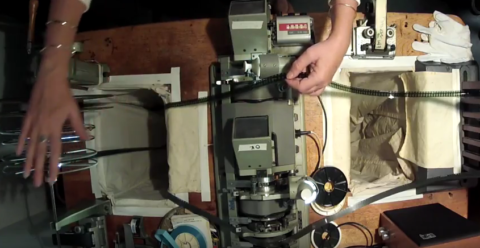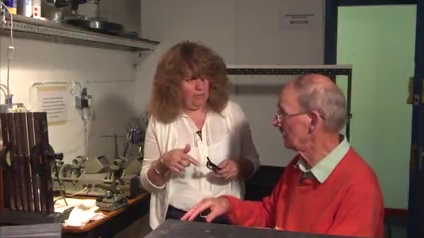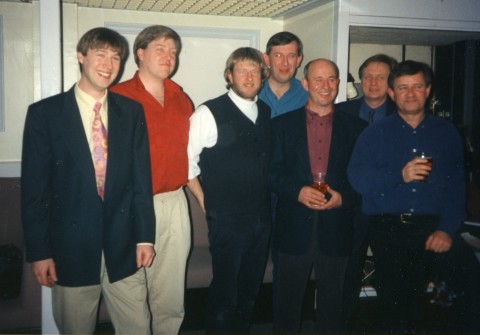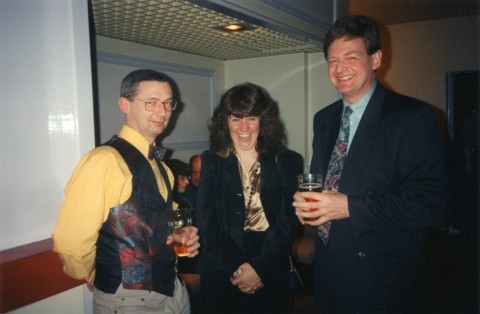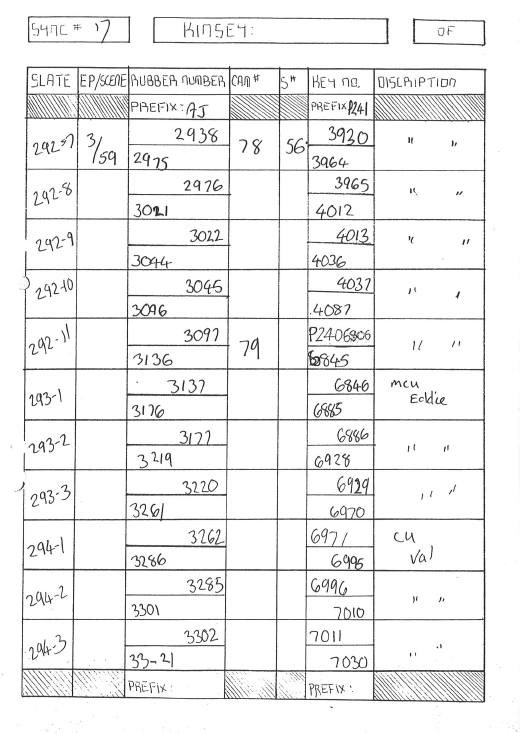
Copyright resides with the original holder, no reproduction without permission.
This sheet shows the ‘rubber numbers’ for some of the 16mm film rushes for the 1991, Pebble Mill six part drama series, Kinsey. The ‘rubber numbers’ were added to the transferred sound, so that it could be synched up with the frames of film. This log shows how the ‘rubber numbers’ corresponded with the ‘key numbers’ on the film itself. Also included are the slate number, the episode and the scene, and a description of the shot.
Thanks to film editor of Kinsey, Oliver White, for sharing this sheet.
The following comments were left on the Pebble Mill Facebook page:
Adam Trotman: ‘Omg my bad hand writing. Seems I was very lazy with my shot descriptions. Bob Mitchell used to do the rubber numbering. The rubber numbers where added to both the film rushes and the sound after we had synched it up with the clapper boards….. The key numbers were noted down as a double check if we ever need to get new rushes printed for what ever reason. And finally I see a take 11. …. never seem to go beyond 4 these days….’
Dawn Trotman: ‘Is it your writing Adam? Great times at Elliot road.. and don’t forget the black spacing!’
Victoria Trow: ‘Blimey, rubber numbers – Adam, was that you? Oh Bob Mitchell…. And Oh Oliver White and Carol Parks who saved me….. I will never forget Oliver re-cutting a scene on that show that had seemed fairly routine and uninteresting. A master class, A few frames off here, a few added on there…. Memorable.’
Terry Powell: ‘I loved working on this show, looked after Lee Lawson who still to this day, and his wife Twiggy, I see.’
Pete Simpkin: ‘Could someone explain to an essentially radio bloke what on earth you are talking about??’
Adam Trotman: ‘Pete – this is a shot log used in the old film cutting rooms. It was to help assistants and editors keep tabs on what rushes they had and where they were. … rubber numbering was used to help keep the film in sync with the sound.’
